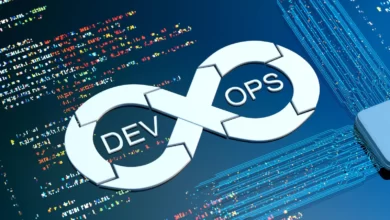How To Understand PMP Milestones And How To Achieve Them?

PMP certification is a worldwide recognised authentication that proves your project management experience and understanding. We will present you with a thorough grasp of PMP certification, its criteria, and how to meet PMP milestones in this comprehensive guide. We will also compare and contrast the PMP and Scrum approaches.
PMP Certification Requirements
To become a PMP certification certified, you must complete the following requirements:
- Education: To meet the requirements it is necessary for individuals to possess a four-year degree or its global equivalent. Moreover, they should have undergone a substantial amount of project management training. Alternatively, if an individual holds a high school diploma or its international equivalent. They should have accumulated considerable project management experience and dedicated hours to the study of project management.
- Project Management Experience: You need at least 3 years of experience in project management, involving hours spent leading and directing projects.
- 3. PMP Test: You must pass the PMP certification test, which consists of multiple-choice questions regarding project management tools, techniques, and best practises.
Once you’ve met these PMP Certification requirements, you may apply for the PMP certification test and choose a date for your exam.
How To Achieve PMP Milestones?
Achieving PMP milestones requires a comprehensive understanding of the PMP certification process and a strategic approach. Here are the steps to achieve PMP milestones:
- Know The PMP Exam Content: The PMP exam assesses your understanding of project management tools, strategies, and best practises. To pass the exam, you must comprehend the PMP exam topic and how it applies to project management. To prepare for the test, you should also use study tools such as PMP exam prep books, online courses, and practise examinations.
- Create A Study Plan: Creating a study plan is critical to meeting PMP milestones. Create a study plan that is specific to your learning style and schedule. A study schedule should contain study materials, study time, and study objectives. You should also keep track of your progress and change your study strategy as needed.
PMP And Scrum – Understanding The Differences
PMP and Scrum are two extensively utilised project management approaches in a variety of sectors. Scrum is an agile project management technique that uses an iterative approach, whereas PMP is a traditional project management methodology that uses a linear approach. The following are the fundamental distinctions between the PMP and Scrum methodologies:
- Project Preparation: The PMP methodology emphasises precise project preparation and execution, whereas Scrum emphasises flexibility and adaptation.
- Roles And Duties: The PMP outlines certain roles and duties for project managers, team members, and stakeholders, whereas Scrum promotes self-organization and cross-functional teams.
- Project Phases: PMP divides projects into five distinct phases, while Scrum uses sprints to break down projects into manageable parts.
- Change Management: PMP follows a strict change management process, while Scrum encourages frequent changes and adaptations.
Conclusion
PMP certification is a great asset for project managers looking to further their careers. We have provided you with a thorough grasp of PMP certification, its prerequisites, and how to reach PMP milestones in this comprehensive guide. We also looked at the distinctions between the PMP and Scrum techniques. You may attain PMP milestones and develop your project management career by following the criteria described in this handbook.





